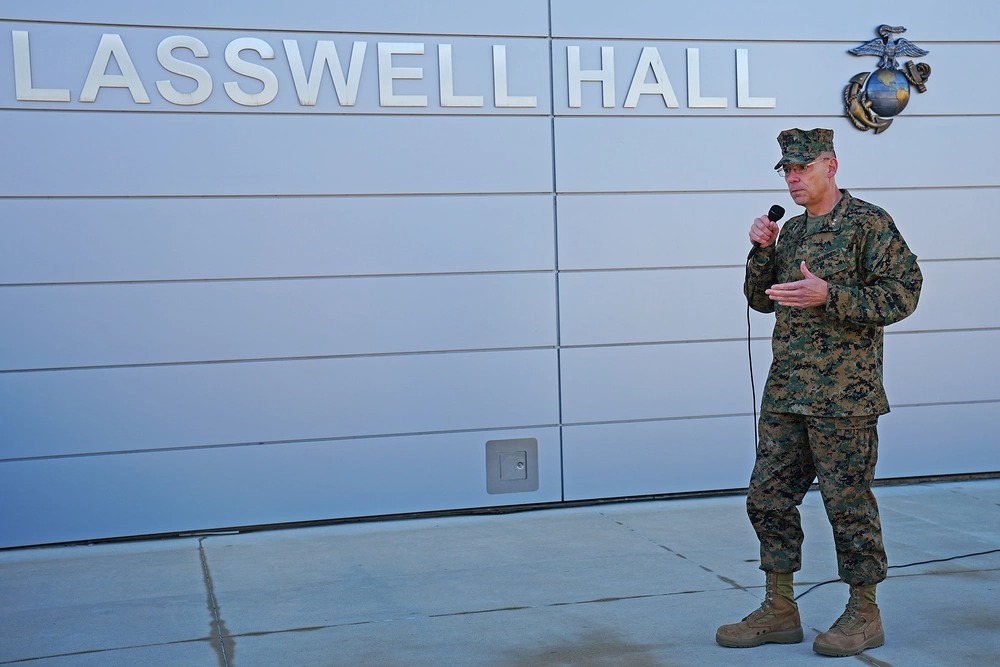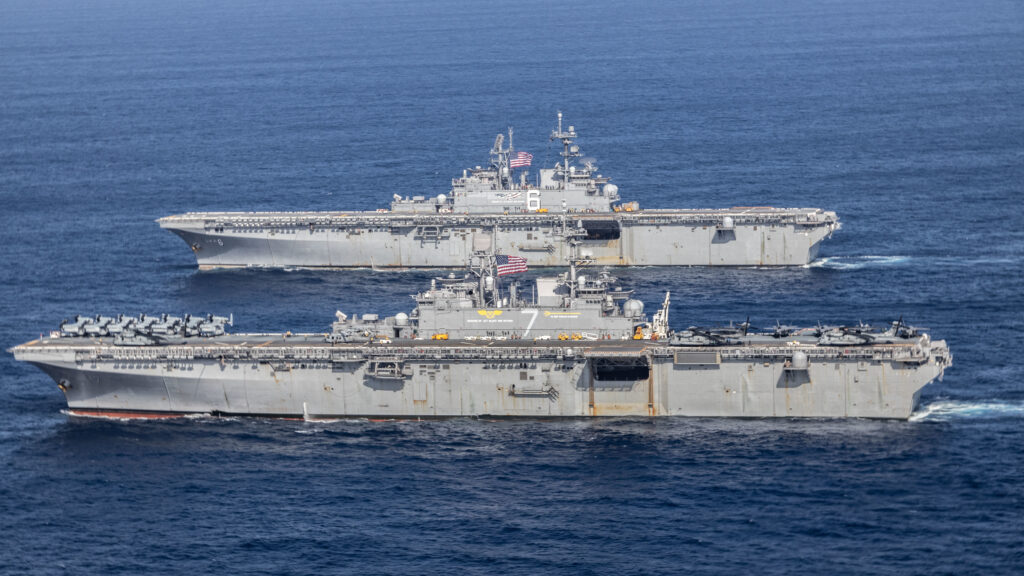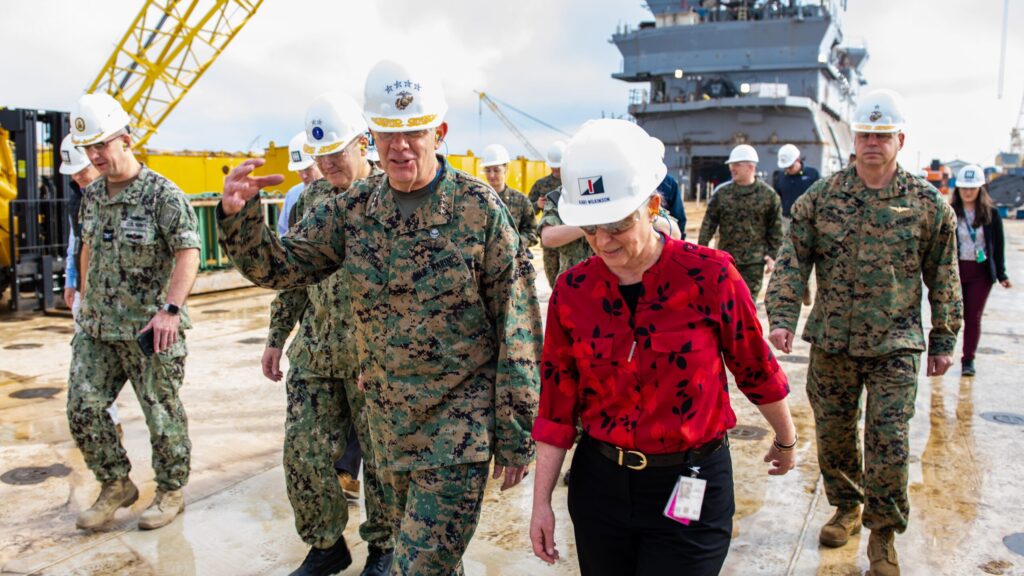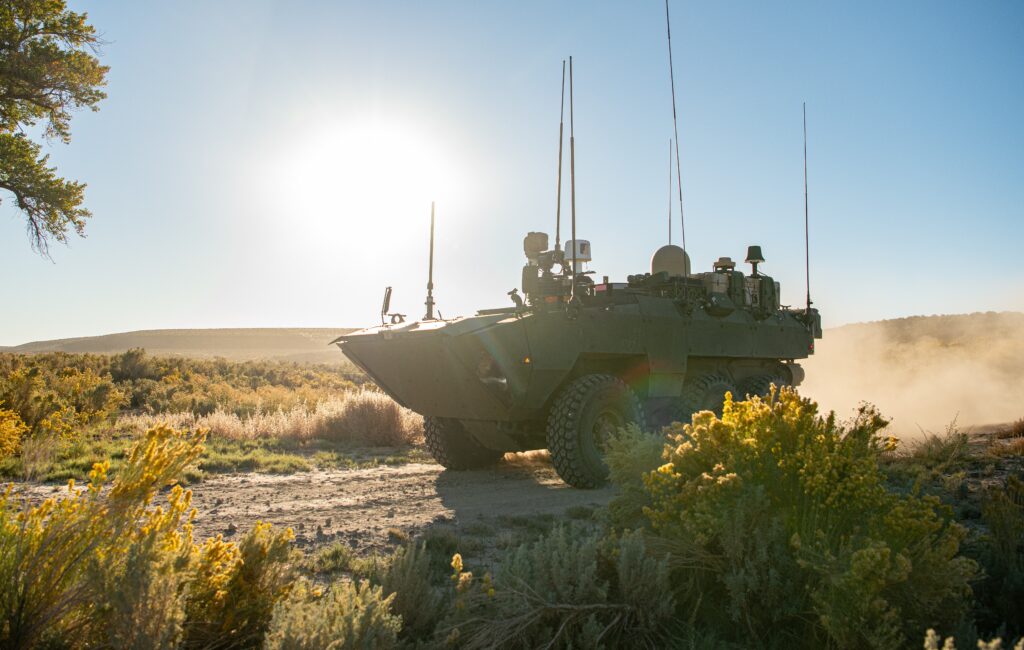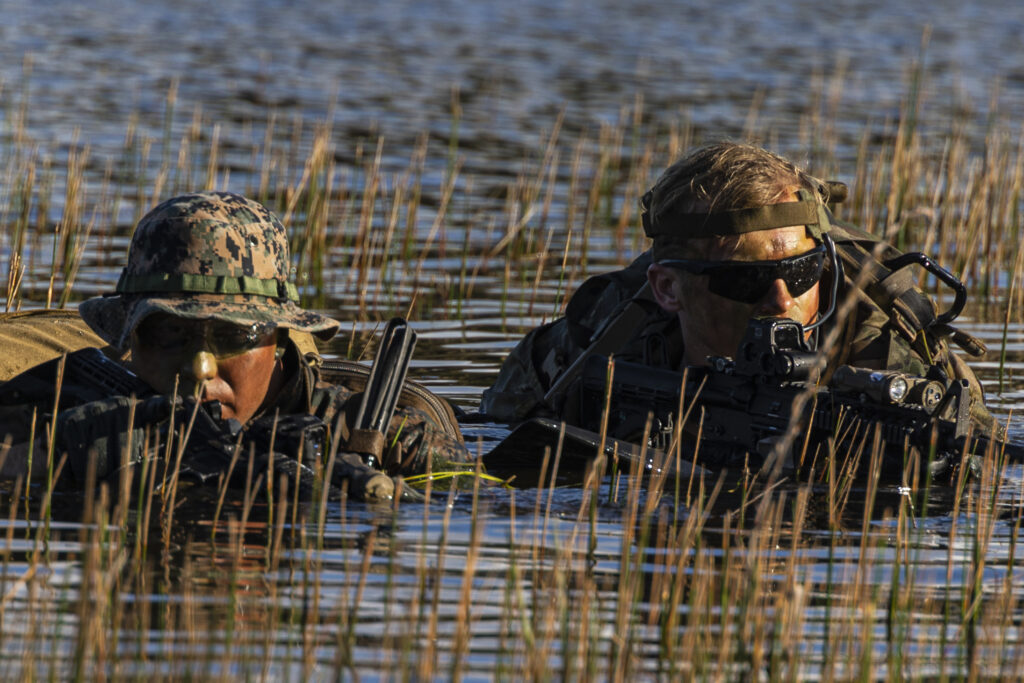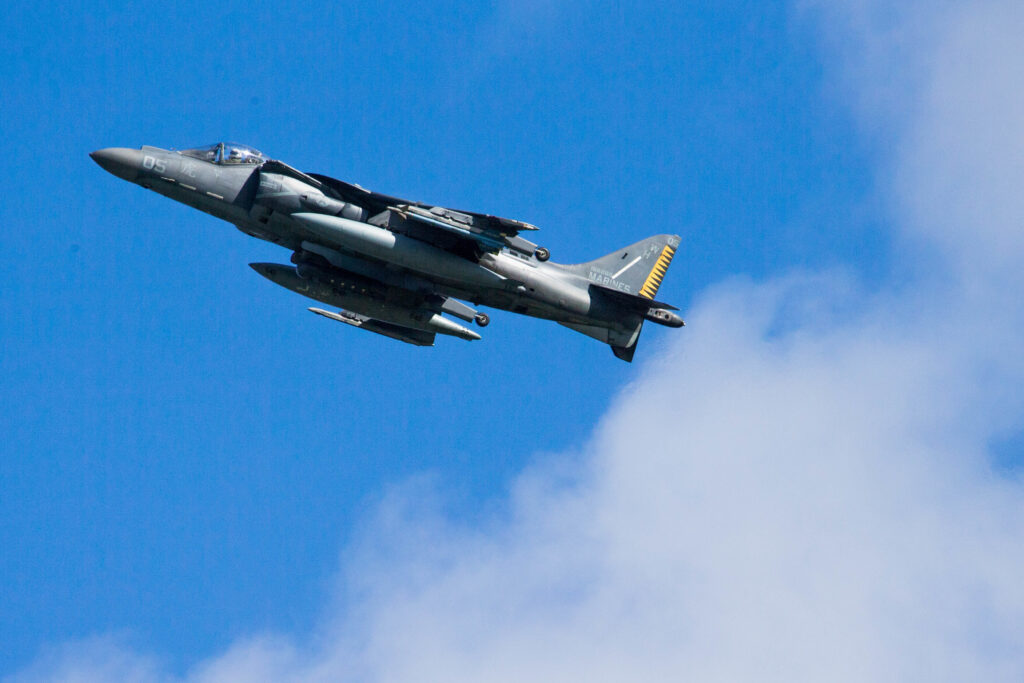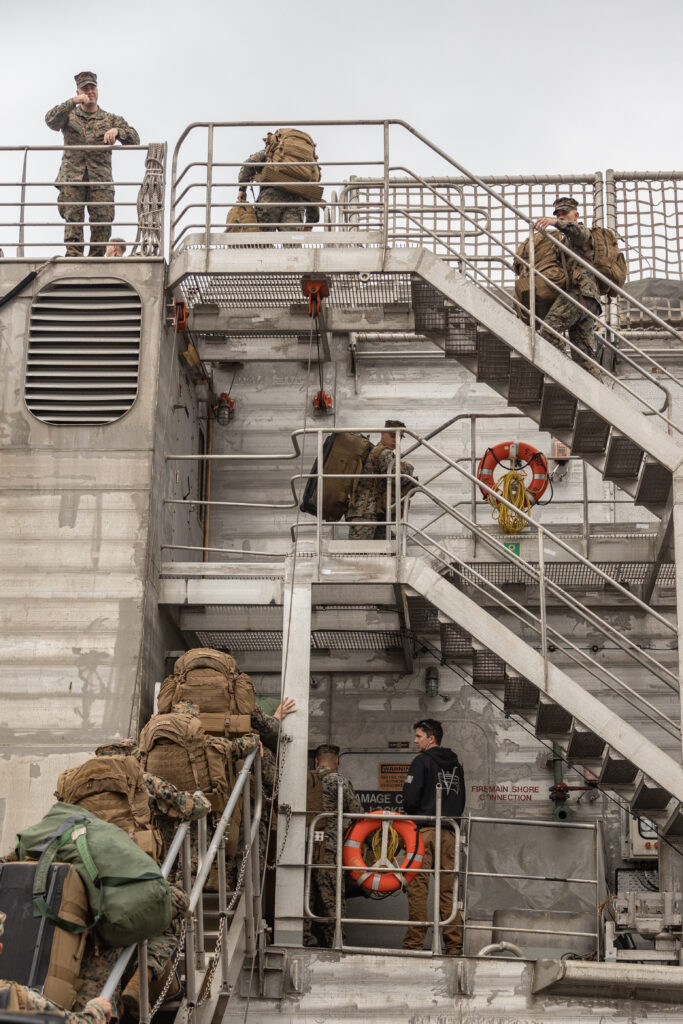Marine Corps Adds KC-130J Squadron to Support Marine Littoral Regiment
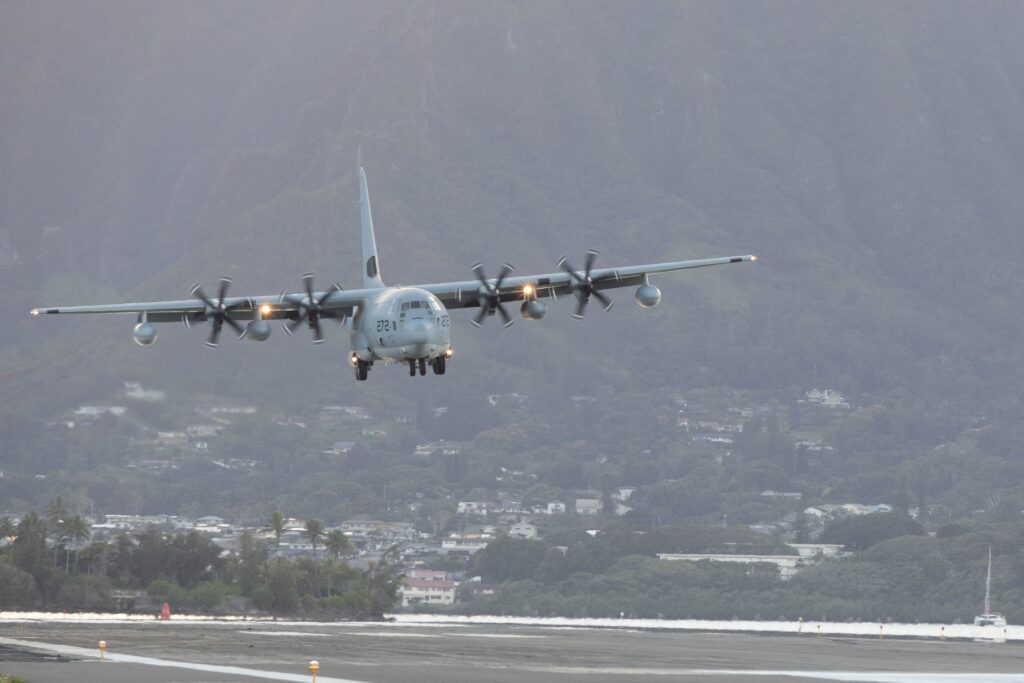
*******
ARLINGTON, Va. — A new Marine Corps squadron has been activated in Hawaii to enhance mobility of the Corps’ first Marine littoral regiment. Marine Aerial Refueler/Transport Squadron 153 (VMGR-153) was activated at Marine Corps Air Station (MCAS) Kaneohe Bay, Hawaii, in a Jan. 13 ceremony. The squadron is equipped with Lockheed Martin KC-130J Super Hercules tanker/transport aircraft.
The activation of VMGR-153 is one enactment of Marine Corps Commandant Gen. David H. Berger’s Force Design 2030 concept, which is re-aligning the Corps to conduct expeditionary advance base operations inside an adversary’s weapon engagement zone. The Corps is activating three self-deployable, multi-domain Marine littoral regiments (MLRs) to conduct such operations, the first of which — the 3rd MLR — was activated last March. The 12th MLR will be activated this year in Okinawa, Japan.
VMGR-153 brings to four the number of active-component VMGR squadrons in the Corps, three of which — including the new squadron — are positioned to support Marine Forces Pacific, the other two being VMGR-152, based at MCAS Iwakuni, Japan, and VMGR-352, based at MCAS Miramar, California. The fourth squadron, VMGR-252, is based at MCAS Cherry Point, North Carolina.
Until last month, the Marine Corps Reserve also fielded two KC-130J squadrons. VMGR-452 was de-activated Dec. 2 at Stewart Air National Guard Base in New York. Remaining is VMGR-234 at Naval Air Station Joint Reserve Base Fort Worth, Texas.
